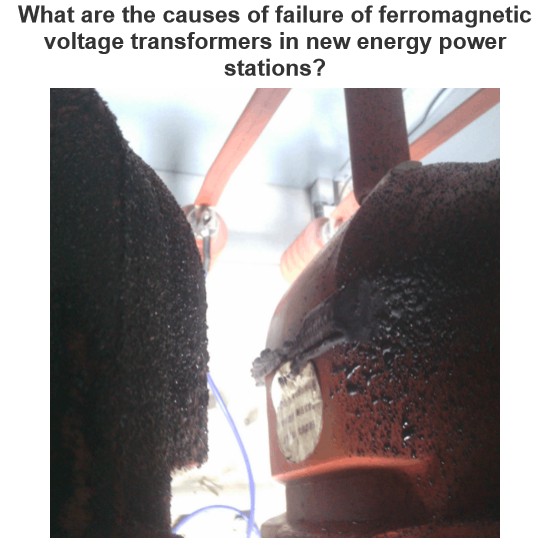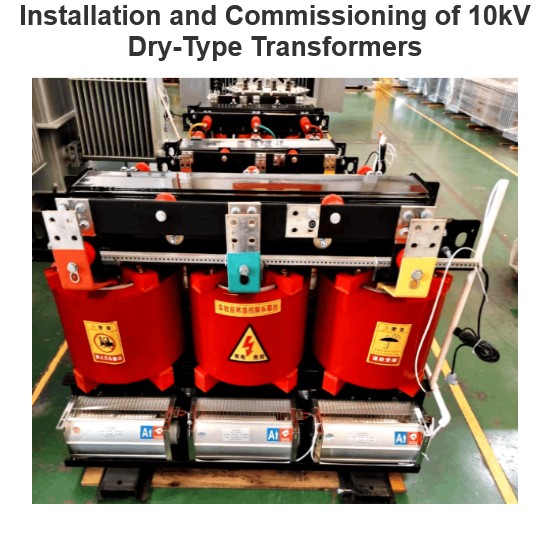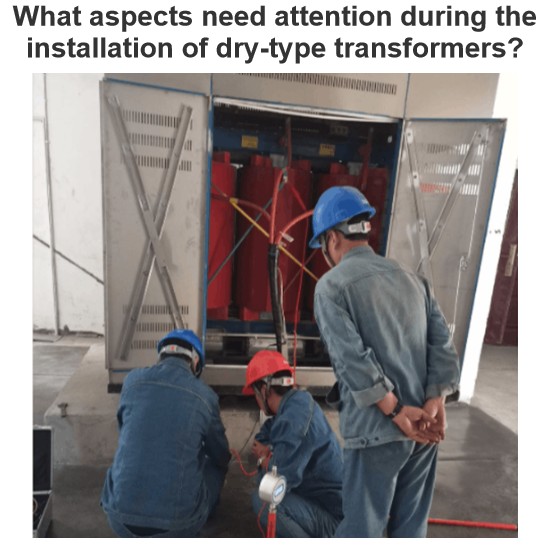| Brand | ROCKWILL |
| Model NO. | 27kV 15.5kV outdoor vacuum Single-phase recloser |
| Rated frequency | 50/60Hz |
| Rated line charging current | 10A |
| IP grade | IP66 |
| Series | RWDRC |
Description :
The RWDRC series of single-phase reclosers are designed in accordance with IEC 62291-111-2019 (IEEE C37.60-2018). They are distribution network solution products that integrate multiple technologies such as current protection, communication, and self-power supply from line current.In terms of fault positioning, the device uses a variety of advanced technical means, such as traveling wave ranging and impedance method.
When a cable fault occurs, these technologies can quickly and accurately determine the location of the fault point with a very small margin of error. This greatly shortens the time for fault troubleshooting and repair, reducing the power - outage time and its impact on users.
This product is suitable for the protection of branch lines of overhead lines in the distribution network or the protection of user boundaries. When a permanent fault occurs on the line, it can quickly cut off the fault to prevent the fault from spreading to the main line. When a temporary fault occurs on the line, the line power supply can be restored through multiple reclosing operations, reducing the power outage time and improving the reliability of power supply.
Main function introduction:
Fault Detection and Isolation
Reclosing Function
Multiple Reclosing Control
Protection Coordination Function
Technology parameters:
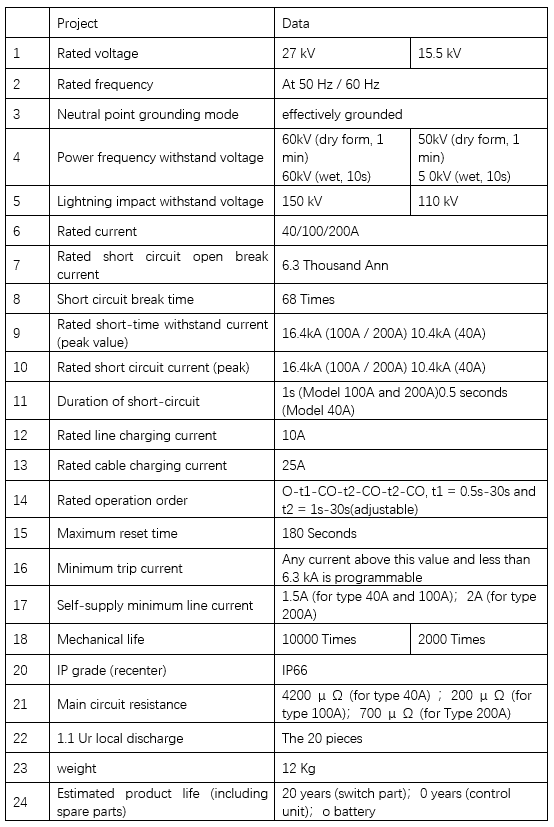
Vacuum arc-extinguishing chamber parameters
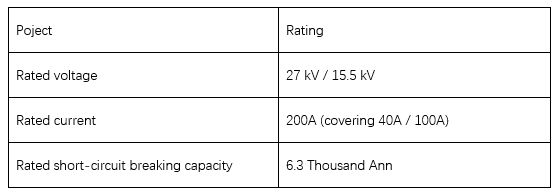
Magnetic force actuator parameters
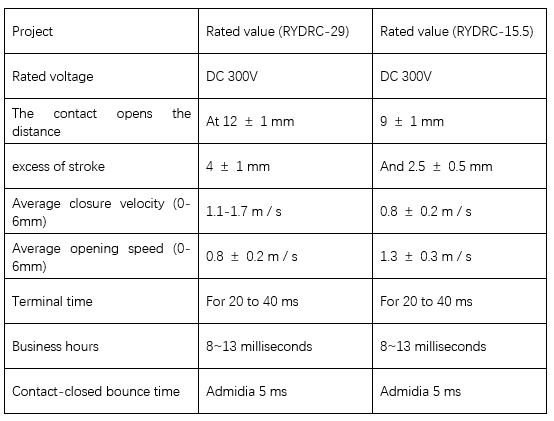
Current sensor parameters
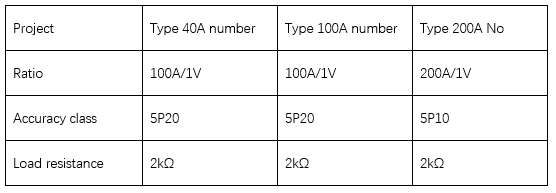
Structure diagram
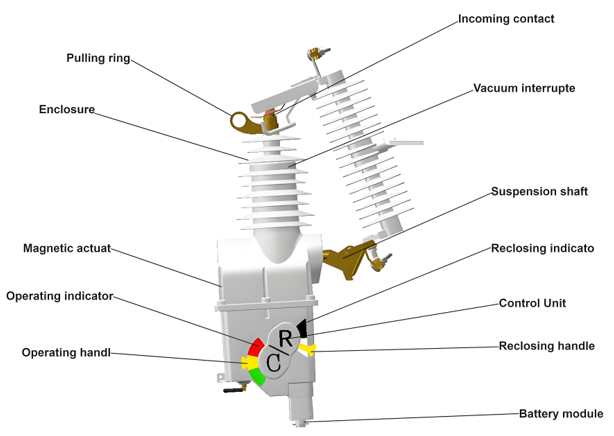
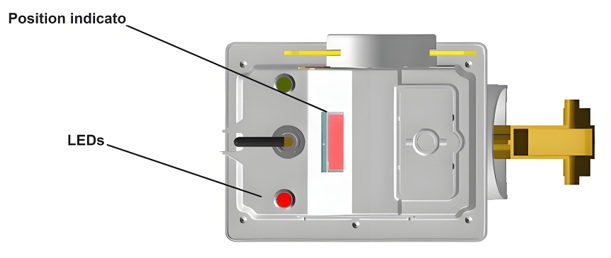
Device structure:
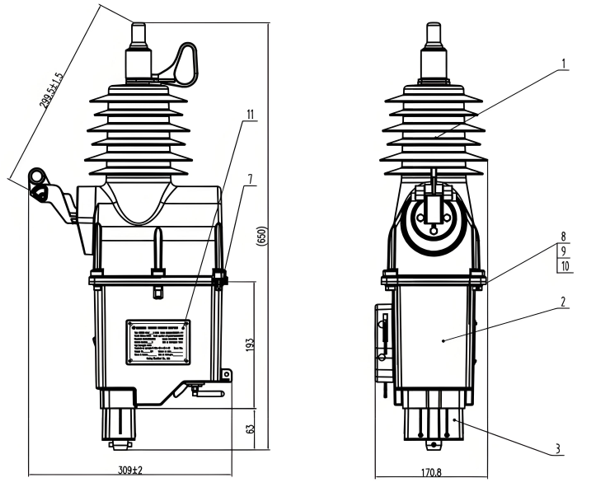
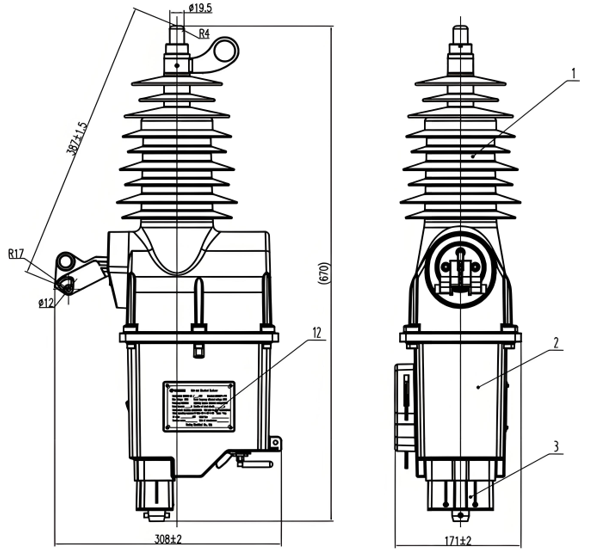
Installation schematic diagram
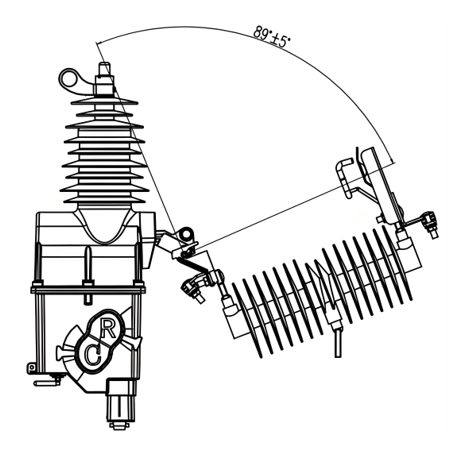
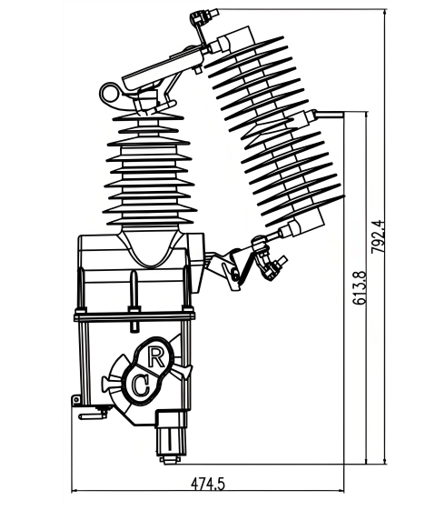
Q:What is a recloser used for?
A:A recloser is an electrical device used in power distribution systems. It is primarily used to automatically reconnect an electrical circuit after a fault has been detected and cleared. This helps to minimize power outages and improve the reliability of the power supply by quickly restoring electricity to the affected area.
Q: What is the difference between a breaker and a recloser?
A:A breaker is a device that can open and close a circuit under normal and fault conditions to protect the system from overloads and short - circuits. A recloser, however, is designed to automatically close the circuit a few times after a fault, in the hope that the fault was temporary, reducing outage time.
Q:What is a single-phase appliance?
A: A single - phase appliance is an electrical device that operates on a single - phase power supply. It uses the alternating current provided by a single - phase circuit, which has one active wire and one neutral wire. Common examples include most household appliances like refrigerators, televisions, and microwaves, which are designed to work with the standard single - phase power in homes.

